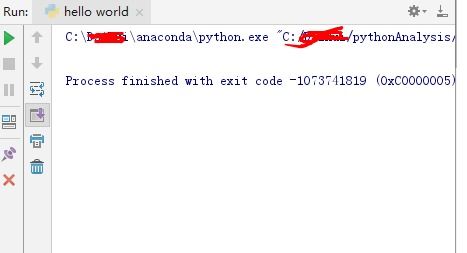python中sorted的用法, 基本概念
Python中sorted()函数的深入解析
在Python编程中,排序是数据处理中非常常见的一个操作。`sorted()`函数是Python提供的一个内置函数,用于对可迭代对象进行排序。本文将详细介绍`sorted()`函数的用法,包括其参数、返回值以及在实际应用中的示例。
基本概念

`sorted()`函数接受一个可迭代对象作为参数,并返回一个新的排序列表。原始列表不会被修改。
基本用法如下:
```python
numbers = [3, 1, 4, 1, 5, 9, 2, 6]
sorted_numbers = sorted(numbers)
print(sorted_numbers) 输出: [1, 1, 2, 3, 4, 5, 6, 9]
返回值

`sorted()`函数返回一个新的列表,该列表是按照升序排列的。如果需要降序排列,可以通过`reverse`参数实现。
```python
numbers = [3, 1, 4, 1, 5, 9, 2, 6]
sorted_numbers_desc = sorted(numbers, reverse=True)
print(sorted_numbers_desc) 输出: [9, 6, 5, 4, 3, 2, 1, 1]
key参数

`key`参数允许你指定一个函数,该函数将被用来从列表的每个元素中提取一个用于比较的键。
```python
numbers = [(1, 'one'), (2, 'two'), (3, 'three')]
sorted_numbers = sorted(numbers, key=lambda x: x[1])
print(sorted_numbers) 输出: [(2, 'two'), (1, 'one'), (3, 'three')]
reverse参数

`reverse`参数是一个布尔值,如果设置为`True`,则列表元素将被逆序排列。
```python
numbers = [3, 1, 4, 1, 5, 9, 2, 6]
sorted_numbers_desc = sorted(numbers, reverse=True)
print(sorted_numbers_desc) 输出: [9, 6, 5, 4, 3, 2, 1, 1]
cmp参数
虽然`cmp`参数在Python 3中已被弃用,但为了兼容性,这里仍简要介绍。`cmp`参数允许你提供一个比较函数,该函数接受两个参数并返回一个整数,表示第一个参数是否小于、等于或大于第二个参数。
```python
def compare(x, y):
return (x > y) - (x 对于字符串列表,`sorted()`函数默认按照字典序进行排序。
```python
strings = [\





